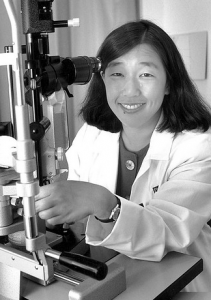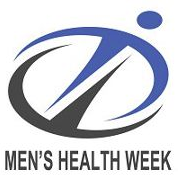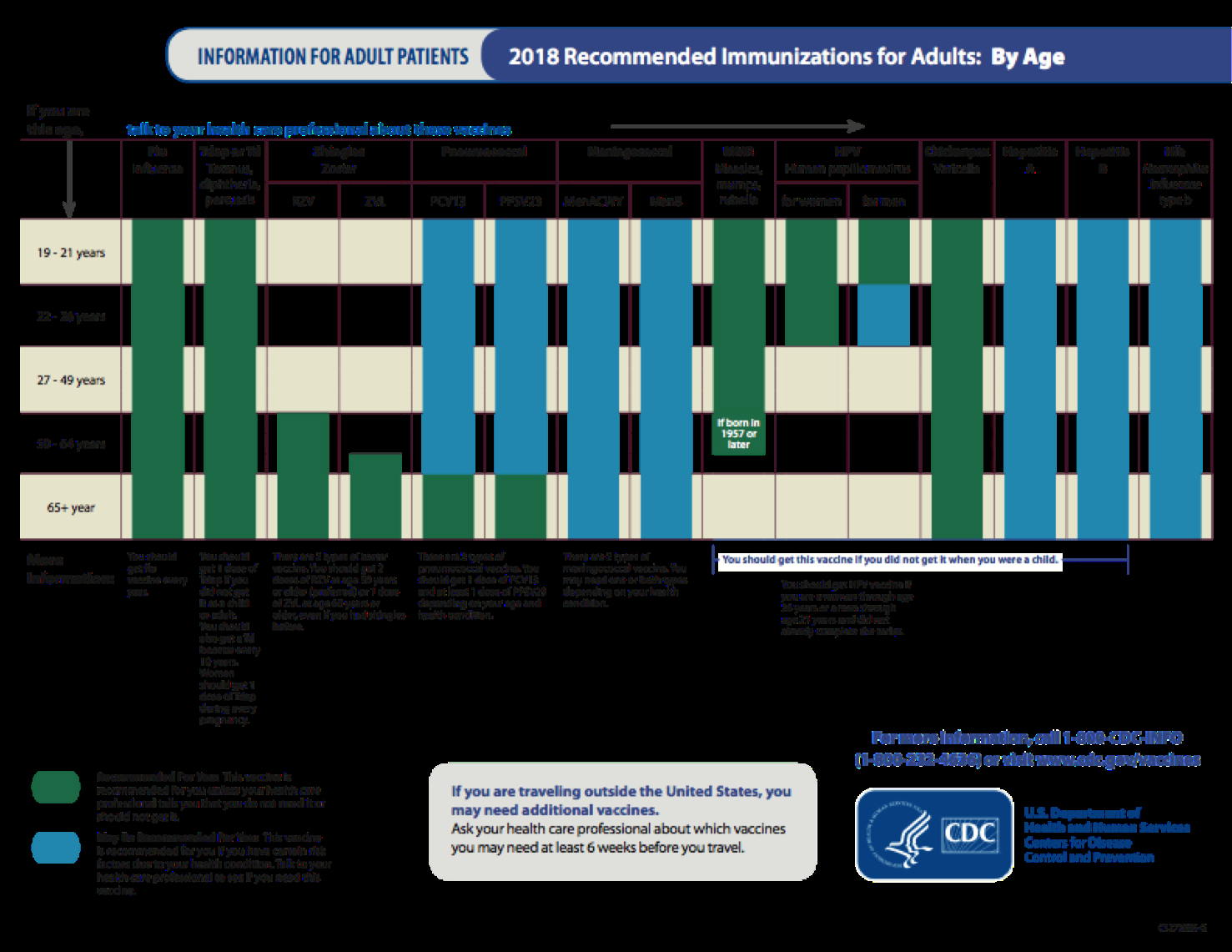Last Updated on February 7, 2020
Past blogs have discussed various ways to save on medication costs – pharmaceutical patient assistance programs, drug discount coupons, drug discount card, etc. Let me tell you about another way you may be able to cut your medication costs.
At NeedyMeds we receive calls from people who can’t afford their medications. Most are taking just a few drugs, but a significant number are taking 10 or more drugs – sometimes 20 or more drugs. According to a recent Centers for Disease Control and Prevention report 82% of American adults take at least one medication and 29% take five or more medications.
Why are so many people taking so many medicines? In some cases the person has multiple diseases, all requiring their own medications. But sometimes not all the medicines are no longer needed. Here are a few reasons why this may occur:
Step Therapy
 This is an approach used to treat many diseases. Let’s say your doctor discovers you have high blood pressure – hypertension. Your doctor would take a stepped approach to treatment. First, she would address lifestyle issues such as weight control, tobacco use, exercise, etc. If those steps didn’t work, next she would add medicine. There are many different drugs used to treat hypertension. She would most likely start with a diuretic because these drugs are safe, inexpensive and have been used for decades. If the dose is maxed out and optimal control is not obtained, she may then add a drug from a different class. She would increase the dose until either good control is obtained or the maximum dose is prescribed. If control isn’t reached, she would add a third drug and so on.
This is an approach used to treat many diseases. Let’s say your doctor discovers you have high blood pressure – hypertension. Your doctor would take a stepped approach to treatment. First, she would address lifestyle issues such as weight control, tobacco use, exercise, etc. If those steps didn’t work, next she would add medicine. There are many different drugs used to treat hypertension. She would most likely start with a diuretic because these drugs are safe, inexpensive and have been used for decades. If the dose is maxed out and optimal control is not obtained, she may then add a drug from a different class. She would increase the dose until either good control is obtained or the maximum dose is prescribed. If control isn’t reached, she would add a third drug and so on.
The significant word in the process is “add.” What’s often not done once good control is obtained is to delete one of the earlier drugs to see if it is really adding to the control. If deleting a drug makes no difference in your blood pressure readings, then the drug was probably not doing much.
Drugs for Problems that Are No Longer a Problem
Say you were started on a drug to control Spring allergy symptoms. It is now Fall, the pollen is long gone, but your allergy medicine isn’t. No one suggested you stop the medicine, your doctor gave you refills and you are feeling quite allergy-symptom free.
Here’s another scenario. You were on a medicine that caused side effects. Your doctor prescribed you something to help with the side effects and it worked quite well. You no longer needed the first medicine and so your doctor told you to stop it. However, he neglected to tell you to stop the second drug, the one to treat the side effects of the first.
Self Medication
You have a problem you treat with an over-the-counter (OTC) medicine. You mention it to your doctor who starts you on a prescription drug. Either you don’t tell the doctor about the OTC drug or she neglects to mention it. Now you are taking two medicines when one may do.

Multiple Physicians
Your primary care doctor is treating some of your diseases and a specialist is treating others. Due to poor communication, neither has a good understanding of what the other has prescribed. You end up taking two drugs, each prescribed by a different doctor, that work basically the same. At best this is a waste of money; at worst it can be harmful.
Steps to Prevent Unnecessary Medicines
Here are a few steps you can take to lessen the chances of taking more drugs than you need to:
1. Always bring all your medicines to every doctor visit. This includes those prescribed by any doctor, any OTC medicine you are taking, “alternative treatments” such as homeopathic treatments, natural products, etc.
2. Always ask your doctor how long you should take the medicine. Depending on the problem, you may only need to take the drug for a limited length of time. But if no one tells you, there’s no way for you to know.
3. Talk to your doctor if you are taking multiple drugs for one problem. Maybe you don’t need them all. You shouldn’t stop without asking your doctor, but it’s a question worth asking.
4. Make sure your pharmacist knows all the drugs you are taking – even OTC medicines and “alternative treatments.” OTCs and “alternative treatments” may contain drugs that interfere with your prescribed medicines.
5. Don’t expect a prescription every time you see the doctor. Self-limiting diseases go away on their own without any treatment. Not every symptom needs to be treated.
I hope these tips will help you to re-evaluate all the medicines you are taking. They all may be needed – but perhaps not.
Richard J. Sagall, MD, is the president and co-founder of NeedyMeds. He spent 25 years practicing family and occupational medicine. He now devotes his time to NeedyMeds and Pediatrics for Parents (www.pedsforparents.com), a children’s health newsletter.




